Hifime High-Speed USB Isolator v2 USB-C
USD59.99
This version is with USB-C plug. Regular USB-A plug available here: https://hifimediy.com/product/hifime-high-speed-usb-isolator-v2/
In stock and ships from:
USA
UK
EU (Germany)
33 in stock
This new 2023 version has been completely redesigned, and is available at a much lower price than the original version, while maintaining the same specifications.
The High-Speed isolator provides galvanic isolation between the USB host and device and protects the device from power shocks and avoid ground loops that can be very troublesome in audio. It supports USB transfer modes Low (1.5Mbps), Full (12Mbps) and Hi-speed (480Mbps). Hi-Speed 480Mbps are required by DACs that support higher than 96kHz/24bit sample rates, and also multi channel DACs.
The new isolator also provides more power, 400mA to the connected device, vs 200mA from the other USB isolator. This isolator does not support USB SuperSpeed 5Gbps, however this mode is rarely if ever used by audio devices. A handful of audio devices requires Thunderbolt, which is not supported by this isolator.
A few soundcards like Apollo Twin USB require USB Super speed mode which is also not supported.
Specifications
- Supports 1.1, 2.0, 3.0, 3.1 USB ports
- Supports Low (1.5Mbps), Full (12Mbps) and Hi-speed (480Mbps) mode by automatic detection
- Supports audio and other devices including high resolution 384kHz and DSD DACs, USB midi devices, USB mixers, USB microphones
- Provides 400mA to the connected USB device (or 500mA if your computer’s USB port can supply <600mA to the isolator). 400mA is sufficient for most devices.
- Works with Thunderbolt ports on the computer, but NOT with (audio) devices that requires Thunderbolt connection
- No driver required, no settings to configure
- Self powered, no external power needed
- Signal isolation: 5000V
- Voltage isolation: 3000V
- Size: 55x35mm + cable 10cm
FAQ
What is the difference from the cheaper USB isolators?
There are two main differences:
- The High-Speed isolator supports USB Hi-Speed 480Mbps mode, required by many audio devices.
- It can provide double the power to your device, 400mA vs 200mA.
What’s the difference from the previous, more expensive hi-speed isolator.
The previous version used another isolation chip that was much more expensive. The isolation specifications are the same so there is no downsides to the new cheaper version.
Do I need the High-Speed isolator, or can I use the other cheaper one?
If you have a two channel DAC that supports not more than 96kHz/24bit then the cheaper Full-Speed isolator is likely to work if the DAC doesn’t require too much power. If it has mic preamp, phantom power or is a bigger type sound card then it might to require more than 200mA power and the High-Speed isolator with its higher power capability is required. See our isolator comparison guide
Will the High-Speed isolator work with my audio or other USB device?
It probably will.
Does it require a driver or special setting?
No. Similar to a USB hub, the isolator is “transparent” to the computer and doesn’t require any driver or configuration in settings.
Does it support USB 3.0 and 3.1?
Yes it works with USB 3.X ports. It will max out at 480Mbps, meaning if you connect a USB3.0 hard drive you will not get transfers at 5Gbps speeds. Audio devices doesn’t need more than 480Mbps, so it will be sufficient. Most devices that require USB galvanic isolation doesn’t require 5gbps.
Does it support asynchronous USB?
Yes it supports all USB types, the isolator doesn’t care, it just passed on the data to your computer.
Will it improve the sound quality from my DAC?
It depends. If you are experiencing noise problems, then it will probably remove or reduce those if they are caused by a ground loop. The noise could also be caused by other factors, like the microphone or preamp itself (some gear are noisy!), the isolator will not help with that. It can also clear up the sound from ground issues that is not so apparent, creating a clearer background in the audio. If your computer has a good quality USB DC supply then the isolator might not further improve the sound quality. You’re welcome to give it a try and send it back for a full refund if it doesn’t help with your unique situation. You can also contact us if in doubt.
Will it fix the noise I’m getting from my sound card/microphone/midi keyboard/other device?
It will fix noises that are caused by ground loops, often presented as whining, buzz or loud shh noises. As long as the problem is not caused by the microphones/preamps itself (some microphones are noisy!) then it’s very likely to fix the problem. You’re welcome to give it a try and send it back for a full refund if it doesn’t help with your unique situation.
Troubleshooting
If the connected device does not power up after sleep, or after reboot, or after standby (Windows)
Check and disable the USB port’s power saving.
1. Windows device manager > Universal serial bus controller > (the USB controller for the port you use) > right click and chose “properties” > “power management” tab > uncheck “authorize computer to turn of this device to save power
2. Also check and disable: Control panel > System > Power Options > Change plan settings > Change advanced power settings > USB settings > USB selective suspend settings
If the connected device doesn’t power up
Try both to connect the device to the isolator before connecting it to the computer, and the other way
| Weight | 0.040000000 kg |
|---|---|
| USB cable plug | USB-A, USB-C |
Be the first to review “Hifime High-Speed USB Isolator v2 USB-C” Cancel reply
Related products
USB Isolators
USB Isolators
USB Isolators
USB Isolators
USB Isolators
USB Isolators

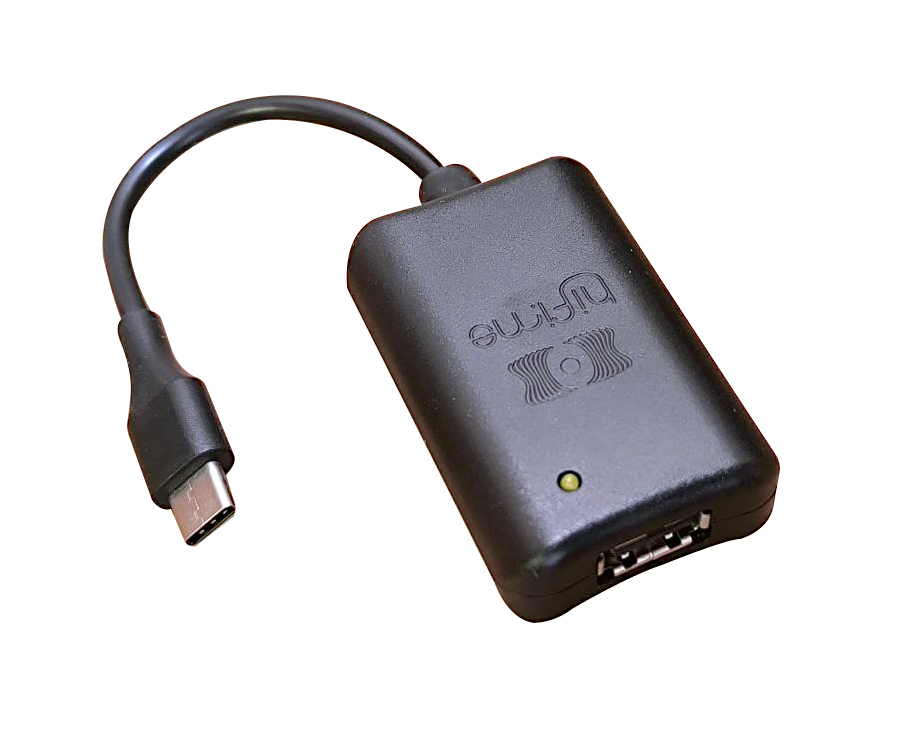
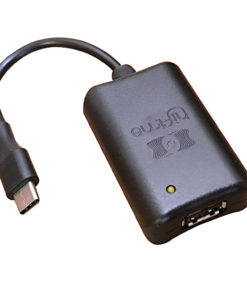

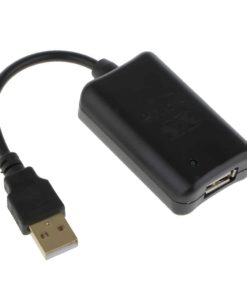
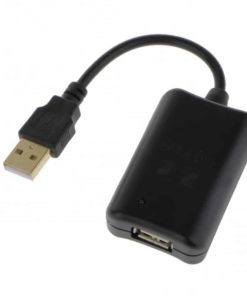


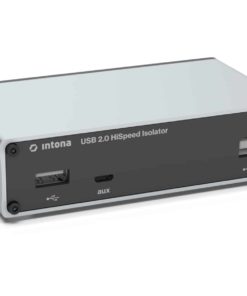
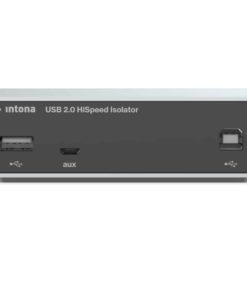
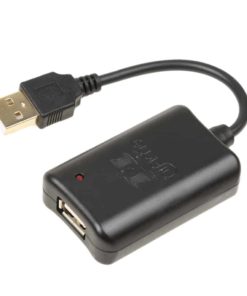

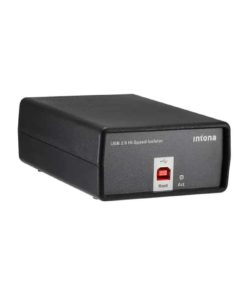
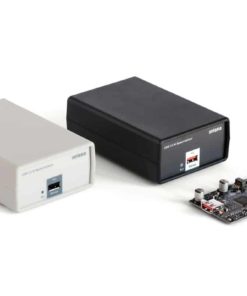
Reviews
There are no reviews yet.